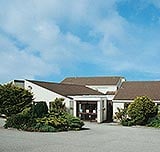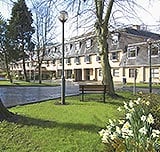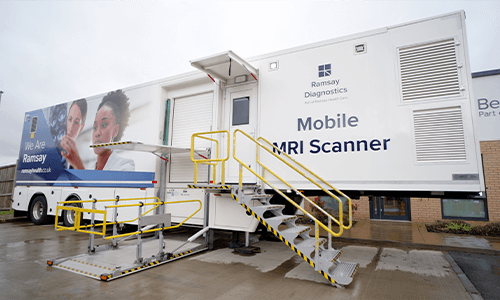Prior
Before a coronary angioplasty, you will have a pre-operative assessment. This may include blood tests and a general health check to ensure your suitability for this procedure.
You may also have an angiogram to look inside your arteries and check where the blockages are. Sometimes your cardiologist may do an angiogram and angioplasty at the same time.
Prior to your angioplasty, you will be asked not to eat or drink anything for four to six hours. You may also be advised not to take some medication such as that used for blood thinning or to change the timing of diabetes medication.
During
Your procedure will usually take place in a room with X-ray equipment called a catheterisation laboratory or cath lab. You will lie on your back on an X-ray table and be linked up to a heart monitor.
Your cardiologist will insert a small, flexible catheter tube into your affected artery at the top of your leg or on your wrist. They will pass a flexible wire and a deflated balloon to the narrowed area through the catheter.
The balloon will be inflated to open your artery. While the balloon is inflated, your artery is completely blocked and you may feel some chest pain. This will pass when the balloon is deflated.
A wire mesh called a stent may be used to keep your artery open. It expands at the same time as the balloon and is left in place when the balloon and catheter are removed.
After
You may go home the same day as your procedure or stay overnight in the hospital. You may feel sore where the catheter was inserted and your chest may feel tender for a few days.
Your healthcare team will advise you about your post-operative recovery. Typically, you should avoid heavy lifting and strenuous activities for about a week. Also, you won't be able to drive for a week, so you should arrange for someone to drive you home from the hospital.







